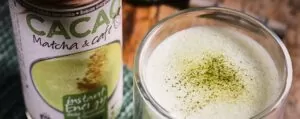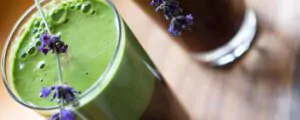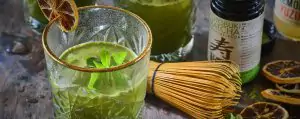How to make matcha
It is obvious that matcha is a unique tea full of antioxidants. But how should you make matcha? Chado (or Sado) means “the way of tea” and is the Japanese art of tea preparation. The four basic principles are: Harmony (wa), Respect (kei), Purity (sei) and Silence (jaku). The influence of Zen Buddhism is clearly noticeable in the performance of the ceremony. “Zen and tea have the same taste” is a well-known saying that comes from the tea ceremony.
Traditionally, Matcha is prepared as follows:
- Boil some water (preferably low mineral spring water)
- Let the boiling water cool down to 80°C.
- Put 1 g (1/2 teaspoon) Matcha in a Matcha bowl (Matcha bowl or Chawan).
- Add approx. 80 ml of water.
- Gently whisk the tea with a bamboo whisk (chasen) for 15 seconds to form a frothy liquid.
The tea vessel is never filled to the brim, only to a maximum of two fingers below the rim. While the tea is being whisked with the bamboo whisk, you can already enjoy the aroma. Drink your Matcha tea consciously and enjoy every sip. The matcha flavour is pleasant, gentle and at the same time intense and strongly aromatic.
Kotobuki Matcha from Amanprana is prepared in the same way as Matcha tea, see above.
With Gula Java Matcha by Amanprana, this method of pouring is not necessary. You put Gula Java Matcha powder in a cup or glass. Pour in cold, warm or hot water, grain drink or milk. Stir the powder well into the drink with a normal spoon and drink up. How much Gula Java Matcha do you need? Depending on your personal taste, use between 1 small teaspoon to 1 large tablespoon per 200 – 300ml cup. persönlichem Geschmack verwenden Sie zwischen 1 kleinen Teelöffel und 1 großen Esslöffel pro 200 – 300 ml Tasse.
Matcha from Amanprana
Matcha
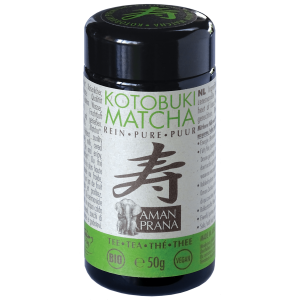 Read more about Matcha
Read more about Matcha
Gula Java Matcha
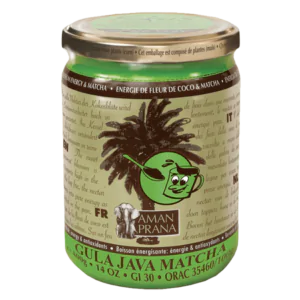 Read more about Gula Java Matcha
Read more about Gula Java Matcha
Cacao Matcha & café
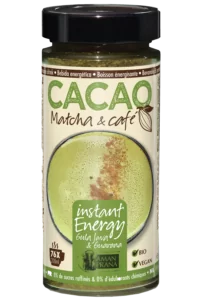 Read more about Cacao Matcha & café
Read more about Cacao Matcha & café
Matcha Kotobuki
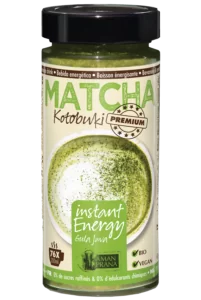 Read more about Matcha Kotobuki
Read more about Matcha Kotobuki

